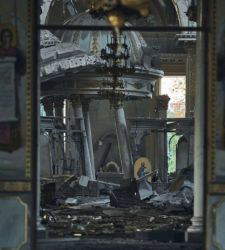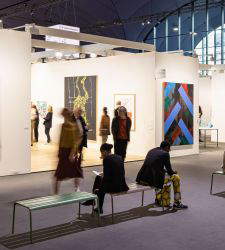 News
News
The new pope is Leo XIV, Robert Francis Prevost: he has held positions in cultural heritage in the past
08/05/2025, 20:50:59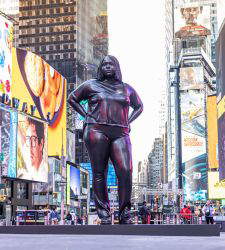 Contemporary art
Contemporary art
From Florence to New York, Thomas J Price lands in Times Square with another statue
08/05/2025, 14:16:49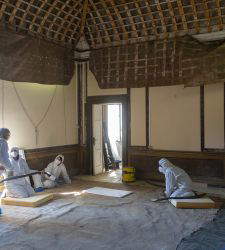 Museums
Museums
Royal Palace of Caserta, large canvases from the Royal Casino of the Bosco di San Silvestro under restoration
08/05/2025, 14:16:02 News
News
Away with the crane after 20 years: in 50 days Florence will say goodbye to the Uffizi "monster"
08/05/2025, 11:12:17 Exhibitions
Exhibitions
A century of art in Bologna: 120 works from the 19th and 20th centuries on display at Fondantico
07/05/2025, 21:49:24 Archaeology
Archaeology
The Colosseum in 3D: completed the first integrated digital survey of the monument
07/05/2025, 20:11:23 Travel
Travel
The Cathedral of Our Lady in Antwerp, a Gothic masterpiece that holds a Baroque treasure
07/05/2025, 19:45:12
Boldini, Corcos, Toulouse-Lautrec: the women of the Belle Époque in an Emilian collection
Federico Giannini, Ilaria Baratta 06/06/2017 Exhibition reviews
Exhibition reviews
The Many Souls from Futurist Aeropainting. The exhibition at the Labyrinth of the Masone
08/06/2022, 21:09:17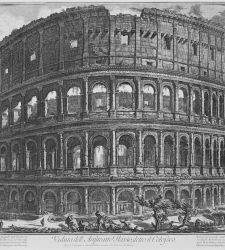 Exhibition reviews
Exhibition reviews
Piranesi's Rome in the Views of the National Gallery of Umbria: a fine exhibition
14/12/2022, 13:55:36 Exhibition reviews
Exhibition reviews
Synthesis of Venus in an exhibition of 46 works. Nature, shadow and beauty at Palazzo Te
08/12/2021, 21:31:38 Exhibition reviews
Exhibition reviews
It is the relationship that makes the work exist. The all-inclusive exhibition at the Guadagnucci Museum in Massa
21/07/2022, 15:45:25 Exhibition reviews
Exhibition reviews
The reconstruction of the Herrera Chapel: Annibale Carracci is given back his last feat
22/01/2023, 12:58:44 Exhibition reviews
Exhibition reviews
Luigi Magnani in his mansion. The exhibition at the Villa of Masterpieces
18/09/2020, 16:29:29
Man from Ancient to Renaissance. For the long-awaited living exhibitions on Ulysses and Raphael.
Giuseppe Adani 07/04/2020 Opinions
Opinions
If popularization becomes homologation (and why the public attacks those who criticize Angela, Prati & co.)
07/05/2025, 21:43:49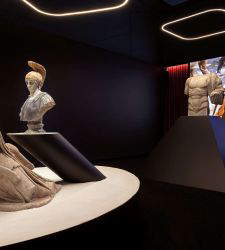 Opinions
Opinions
Ancient art for contemporary art exhibitions: better originals or will copies suffice?
02/05/2025, 18:45:49 Works and artists
Works and artists
Giovanni Costantini, the young man before the real thing: the 19-year-old artist's unpublished self-portrait
03/05/2025, 11:01:56 Works and artists
Works and artists





